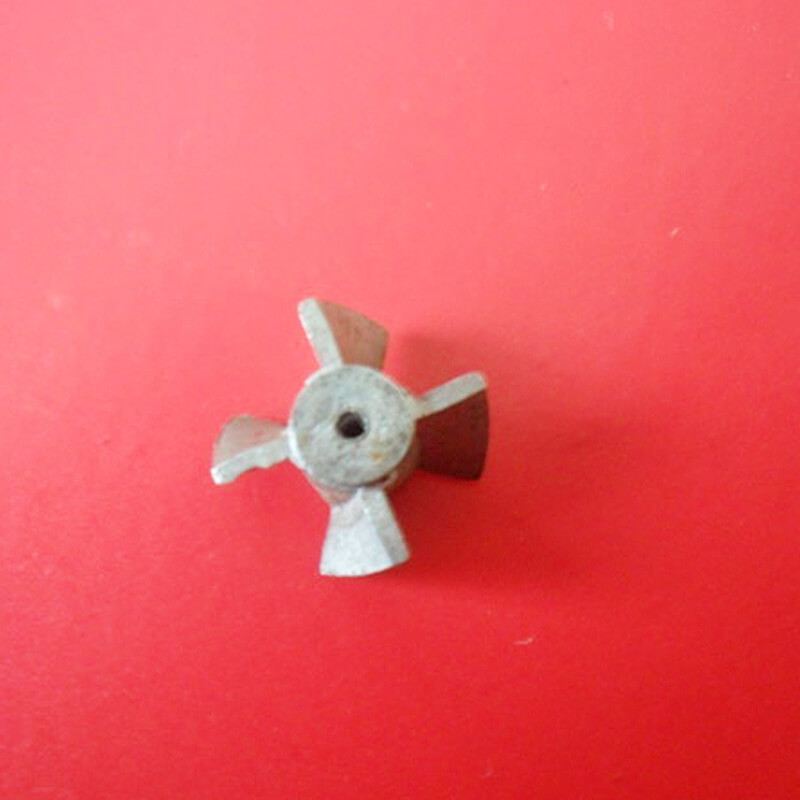In order to improve the hardenability of powder metallurgy during heat treatment, we will add some alloying elements such as nickel, molybdenum, manganese, chromium, vanadium, etc., and their effect is the same as that in dense materials, which can be obvious Refining the grains, when dissolved in austenite, will increase the stability of the undercooled austenite, ensure the austenite transformation during quenching, increase the surface hardness of the material after quenching, and increase the hardening depth. In addition, the Sintered Powder Metal Gears must be tempered after quenching. The temperature control of the tempering treatment has a great influence on the performance of the powder metallurgy materials. Therefore, the tempering temperature should be determined according to the characteristics of different materials to reduce the influence of temper brittleness. General materials can be tempered in air or oil for 0.5-1.0h at 175-250℃

Nowadays, the application of powder metallurgy materials is more and more extensive. Do you know the heat treatment process of powder metallurgy materials? They have obvious advantages in replacing cast iron materials with low density, low hardness and strength.
Quenching heat treatment process
Due to the existence of pores, the heat transfer rate of powder metallurgy materials is lower than that of dense materials, so the hardenability is relatively poor during quenching. In addition, during quenching, the sintered density of the powder material is proportional to the thermal conductivity of the material; because of the difference between the sintering process and the dense material, the internal structure uniformity of powder metallurgy materials is better than that of dense materials, but there are smaller microscopic areas. Inhomogeneity, therefore, the complete austenitization time is 50% longer than the corresponding forgings. When alloying elements are added, the complete austenitization temperature will be higher and the time will be longer.

 English
English 简体中文
简体中文






